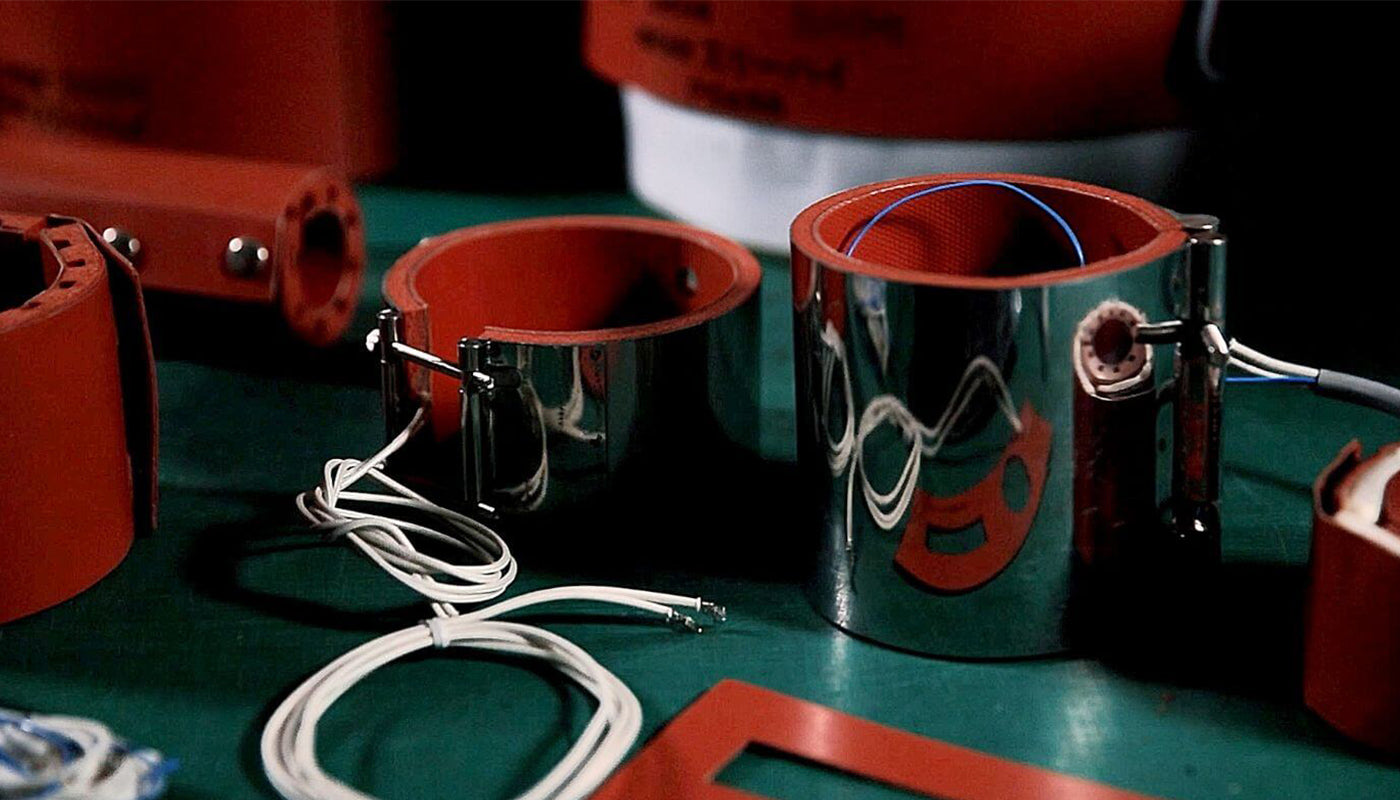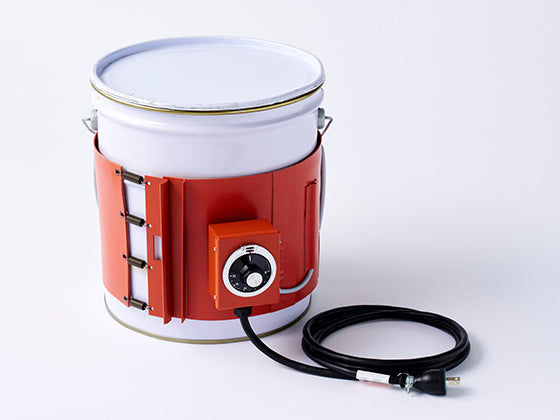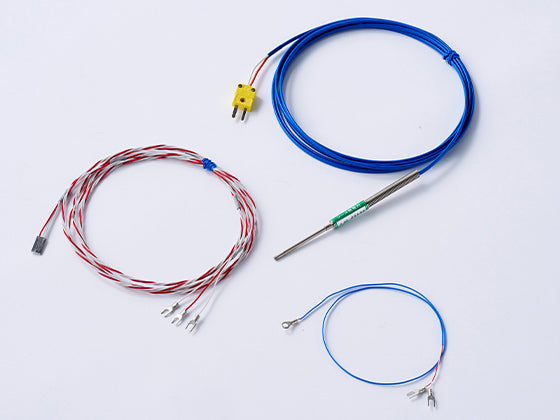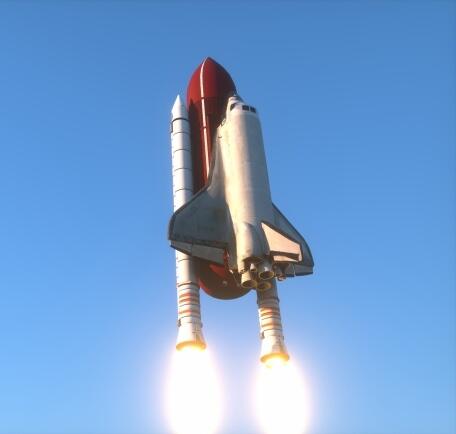Entering 2024, Japan's space development has shown remarkable progress. The lunar surface landing of the SLIM moon probe, the successful relaunch of the H3A rocket, and although ending in failure, the launch of the first unit of the private rocket 'Ikaros' have provided excellent opportunities to showcase Japan's advanced space technology.
By the way, rockets are necessary to deliver satellites, probes, and even humans into space. Even minor malfunctions during rocket launches can lead to catastrophic explosions. Did you know that one of the factors contributing to such incidents is the freezing of rocket components?
I will discuss what the causal relationship is between rocket launches and freezing, based on past disasters.
The shocking explosion of the Space Shuttle Challenger.
On January 28, 1986, the American space shuttle Challenger exploded just over a minute after liftoff, claiming the lives of all seven crew members. Among the crew was a civilian schoolteacher. Students had high hopes for the educational lesson planned from space, eagerly watching the launch's progress on-site and on television. Footage of the explosion from that time can be viewed on NHK's website.
In response to this explosion, the Space Shuttle program was suspended for two years and eight months.
One of the factors is damage caused by frozen O-rings
Subsequent investigation of the accident revealed that one of the causes of the explosion was damage to a component called an O-ring which was attached to the fuel section of the booster rocket (used to launch the shuttle into space). it was freezing that caused this damage.
An O-ring is a ring-shaped component used to seal gaps between parts. It's made of rubber and is inserted into the joints of components. Then, the elasticity of the rubber will create a sealing effect. O-rings are used in various industries, including food processing equipment, pharmaceutical synthesis machinery, and semiconductor manufacturing devices. However, a drawback is that changes in temperature can cause the rubber to harden and lose its elasticity when frozen. This can compromise the sealing function, which is the role of the O-ring.

O-ring example
On the morning of the Challenger launch, the temperature was low, near freezing. As a result, the O-rings froze and hardened, making it impossible to seal the fuel section. During launch, the hardened O-ring broke, causing a fuel leak, which ignited combustion gases and caused an explosion. The footage showing flames coming out from the side of the booster rocket just before the shuttle disintegrated mid-air, confirms that fuel and combustion gases ignited due to a damaged O-ring.
O-rings provide multiple layers of sealing. However, when freezing occurred, all O-rings malfunctioned, resulting in an explosion.
Freezing in winter is a big risk in space exploration
I was acutely reminded that during a rocket launch, even the slightest damage to a small part can lead to a major disaster. Outer space is a world of extremes, and it's heartbreaking to see the efforts of everyone involved in a project go unrewarded just because of a small mistake or malfunction. As a company that handles anti-freezing products, it is even more so when we hear that the cause was freezing.
The risk of freezing in space exploration is far greater than that of water pipes bursting in winter. The challenges faced by engineers are immense.









